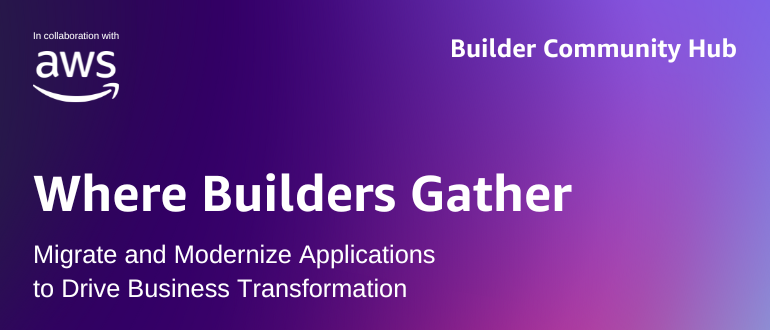Join our weekly newsletter and stay updated

As organizations race toward digital transformation, modernizing their infrastructure for 2025 and beyond, cyber threats are the uninvited chaos that accompanies it. Cloud-native applications, SaaS integrations, and an increasingly remote workforce are reshaping the way businesses defend their digital assets. While vulnerability management remains a staple of cybersecurity hygiene, relying on it alone is no longer enough. Continuous Penetration Testing (CPT) has emerged as a critical companion, one that bridges the gap between theory and real-world attack emulation. Let’s explore why vulnerability management, without continuous pen testing, leaves dangerous blind spots.
Vulnerability Management vs. Continuous Pen Testing: Not the Same Game
At first glance, vulnerability management and continuous pentesting may seem similar; they both deal with identifying weaknesses. But their approaches, depth, and real-world relevance are drastically different.
Vulnerability Management is automated, focused, and systematic. It’s designed to detect, classify, and prioritize weaknesses like missing patches, misconfigurations, or outdated software based on CVE scores. However, its view is often siloed, treating systems and assets as isolated entities, rather than part of a larger interconnected threat landscape.
Continuous Penetration Testing, on the other hand, is a dynamic and human-augmented process. It not only includes vulnerability scanning, but it also emulates how real attackers think chaining vulnerabilities, escalating privileges, and pivoting across systems to access sensitive data. It doesn’t just tell you what’s broken; it shows you how an attacker would break in.
Think of vulnerability management as checking if your doors are locked. Continuous pentesting? That’s hiring a burglar to test every possible way in, including the windows, vents, and Wi-Fi network.
Vulnerability Management Is Not Enough Without Continuous Pen Testing
Vulnerability management is foundational, but it has limits:
- Machines can identify known flaws, but they might not understand business logic, misused permissions, or multi-step exploits.
- A vulnerability might seem low-risk in isolation, but when connected with other misconfigurations, it could form a critical attack path.
- It’s internally focused. Traditional scans often miss exposed cloud environments, APIs, IoT devices, and third-party assets.
This is where continuous pentesting shines, offering a broader, contextual view of your entire external attack surface.
How Continuous Pen Testing Works
Continuous Pentesting goes beyond a one-off assessment. It’s a strategic, ongoing process broken down into four key phases:
- Reconnaissance & Asset Mapping
It starts with identifying everything exposed online, web apps, APIs, mobile backends, cloud services, IPs, IoT devices, even repositories. Each asset is then classified based on type, owner, sensitivity, and compliance relevance.
- Manual Penetration Testing
Human experts use frameworks like OWASP, NIST, and MITRE ATT&CK to manually probe systems. Unlike automated scans, this includes chaining vulnerabilities, exploiting authentication flaws, and stress-testing the logic of your applications.
- Ongoing Validation
As your infrastructure changes, new assets, new code, and new vendors, so does your risk. Continuous pentesting keeps pace, regularly revisiting the attack surface and adapting to emerging threats in real time.
- Quarterly Reporting
Forget static, annual reports. Continuous pentesting offers live insights and quarterly updates that keep your board and IT teams in the loop on what’s been found, what’s been fixed, and what still needs attention.
Why You Need Both – Vulnerability Management and Continuous Pen Testing
Neither vulnerability management nor continuous pentesting is a silver bullet. But together, they form a layered defense strategy.
- Vulnerability management gives you breadth, an automated sweep across internal systems.
- Continuous pentesting adds depth, human insight into how those vulnerabilities can be exploited in real-world scenarios.
When used together, they provide:
- More accurate risk prioritization
- Real-time updates on emerging threats
- A stronger case for cyber insurance and compliance audits
- Greater boardroom confidence in your security posture





